FORT BELVOIR, Va. - With the threat of a Category 5 hurricane edging toward the eastern coast of the United States, U.S. Army North, along with various military and civilian agencies, coordinate possible supply package deployments, food and water distribution and assistance to local residents of affected areas.
This notional hurricane is one of the many emergency responses U.S. agencies must be prepared for. The 2010 Joint Force Land Component Command Interagency Hurricane Rehearsal of Concept exercise at Fort Belvoir, Va., April 29 is designed to help military and civilian organizations and agencies that respond to support citizens before, during and after a hurricane and other disasters.
"The time to meet is not at the state after a disaster happens," said Lt. Gen. Guy Swan III, commanding general, U.S. Army North. "If you look at the forecast for the hurricane season, it is highly possible we will be seeing each other again in the summer. So when we are dealing with each other in the future we can say, 'Do you remember how we did it at Fort Belvoir''"
According to a Colorado State University's study for hurricane forecast, there is likely to be a total of 27 storms, 15 tropical storms, and eight hurricanes - with four at category 3 or higher.
"You can't have assets at two places at one time," said Swan. "The most challenging part is that we don't know where the hurricane is headed. We rely on our interagency partners and our local and state officials to help provide us information on what is going on in order for us to determine where to place assets."
Throughout the exercise, regions discussed the phases of operations and support elements they are able to activate in order to start recovery and assist procedures. Each state has its own capability, and other states not directly affected by the notional hurricane are still responsible for providing backup support when needed.
"We have learned throughout the years that an essential player in any disaster response is the private sector," Swan said, to a local and state delegation attending the exercise. "Representatives from Wal-Mart Corporation and Volunteer Organizations Active in Disasters are participating in these exercises in order to support local officials during times of need."
It's a coordination of all federal, state, local and private sectors that will determine the success of relief and support. Working together will provide the best possible solution.
Relief support is a bottom-up effort, said Swan. Timely decisions need to be made at the local level in order to get support faster.
"I encourage all elected officials local, state and federal to participate in these exercises and drill so they understand what support and assets they have once they request assistance for their area," Swan added.
The Federal Emergency Management Agency provided information on past, current and even future emergency response measures.
Lessons learned from Katrina and past hurricanes help plan for current events such as Haiti relief and the oil spill in the Gulf of Mexico.
"Support for response is more of an art than science. It requires a lot of trust and confidence in our partners, and more importantly will maintain the public's trust and confident in their government, local and state agencies, said Swan."
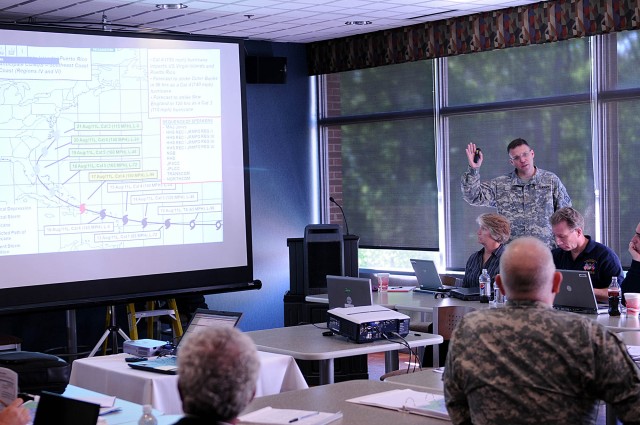
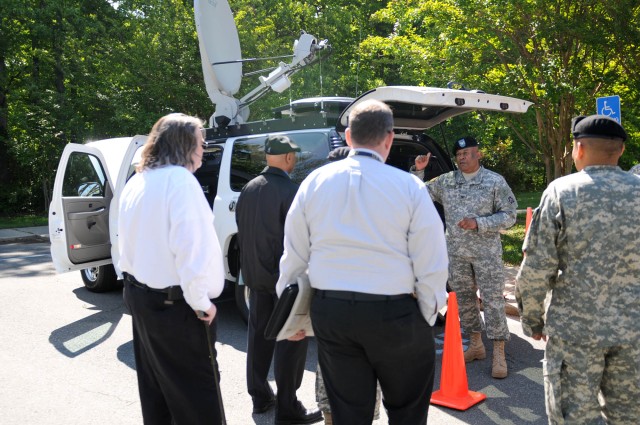
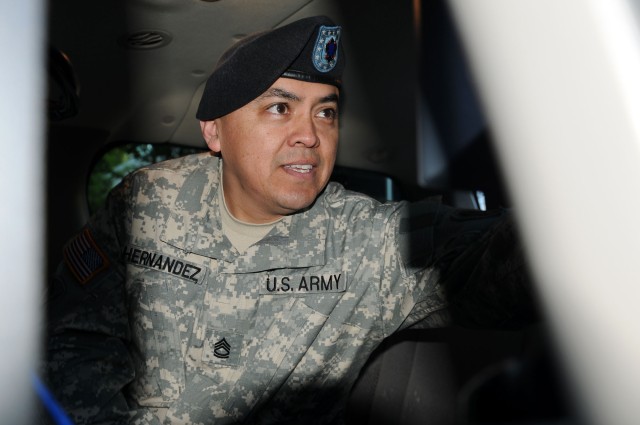
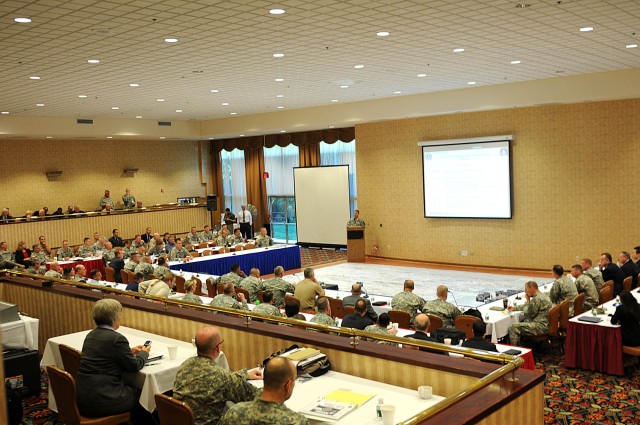
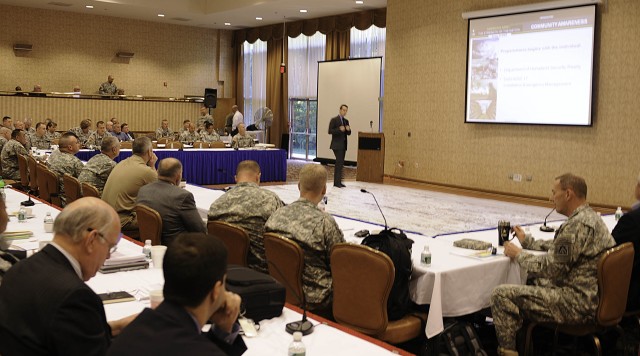
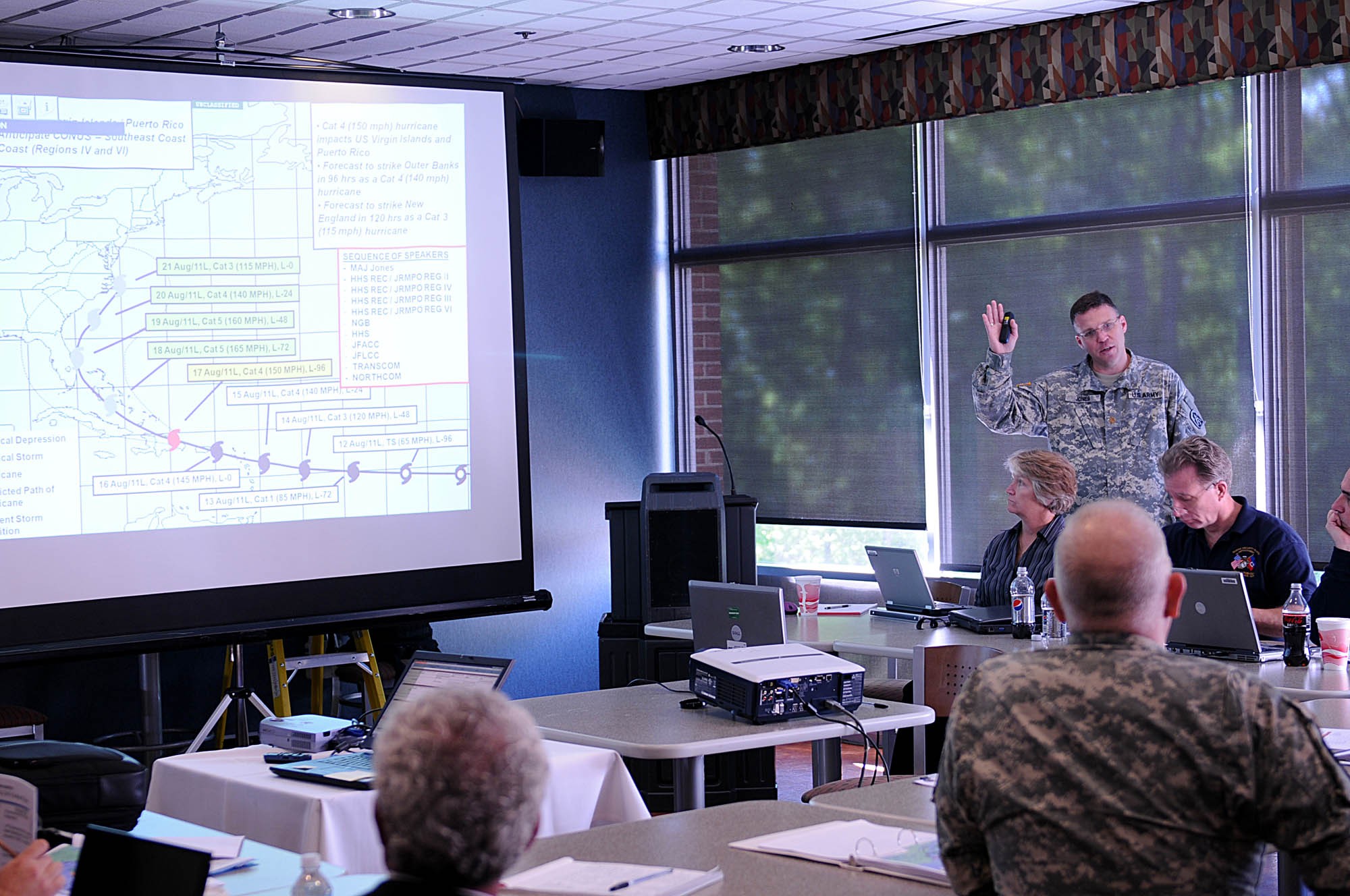
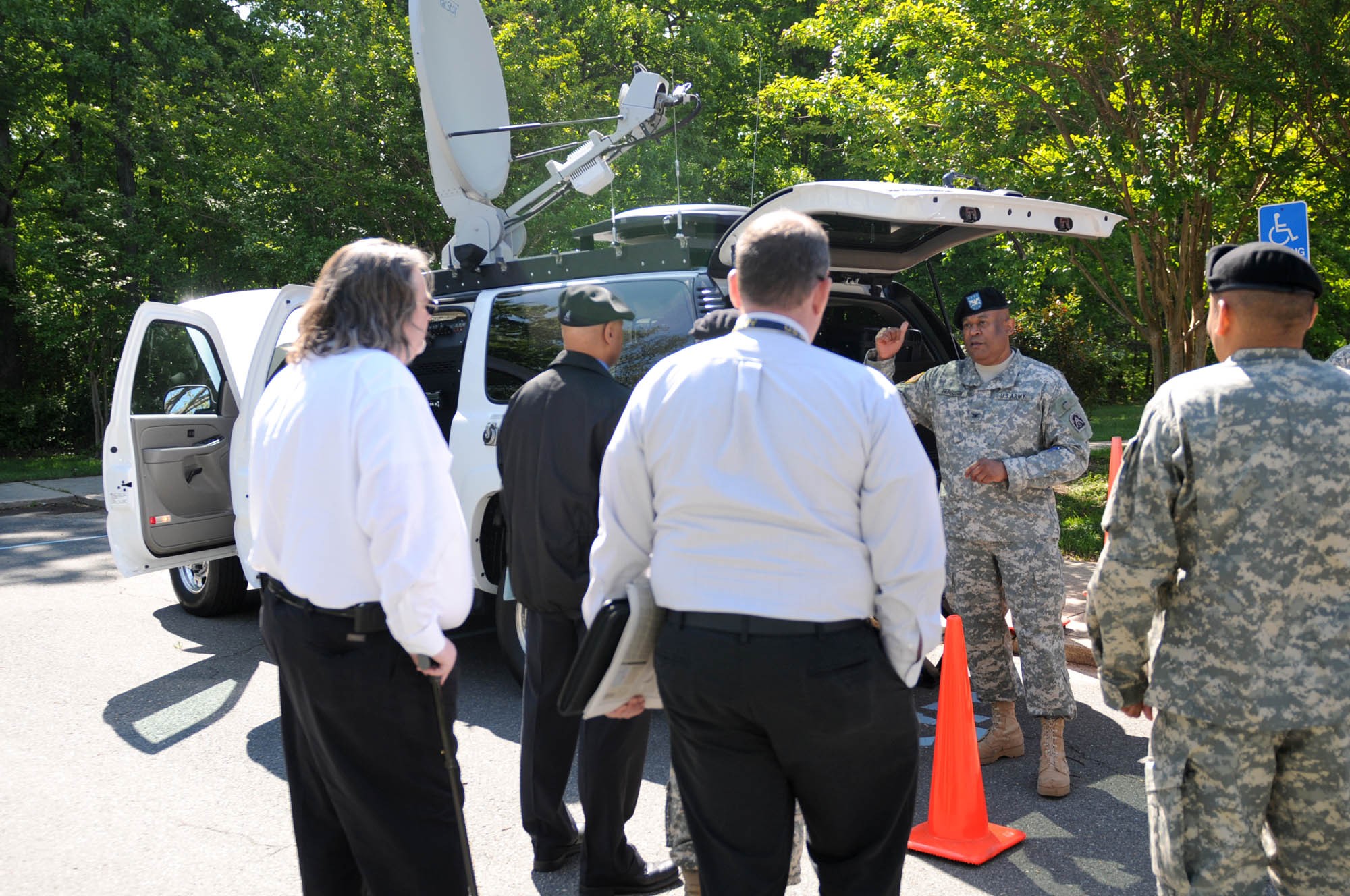
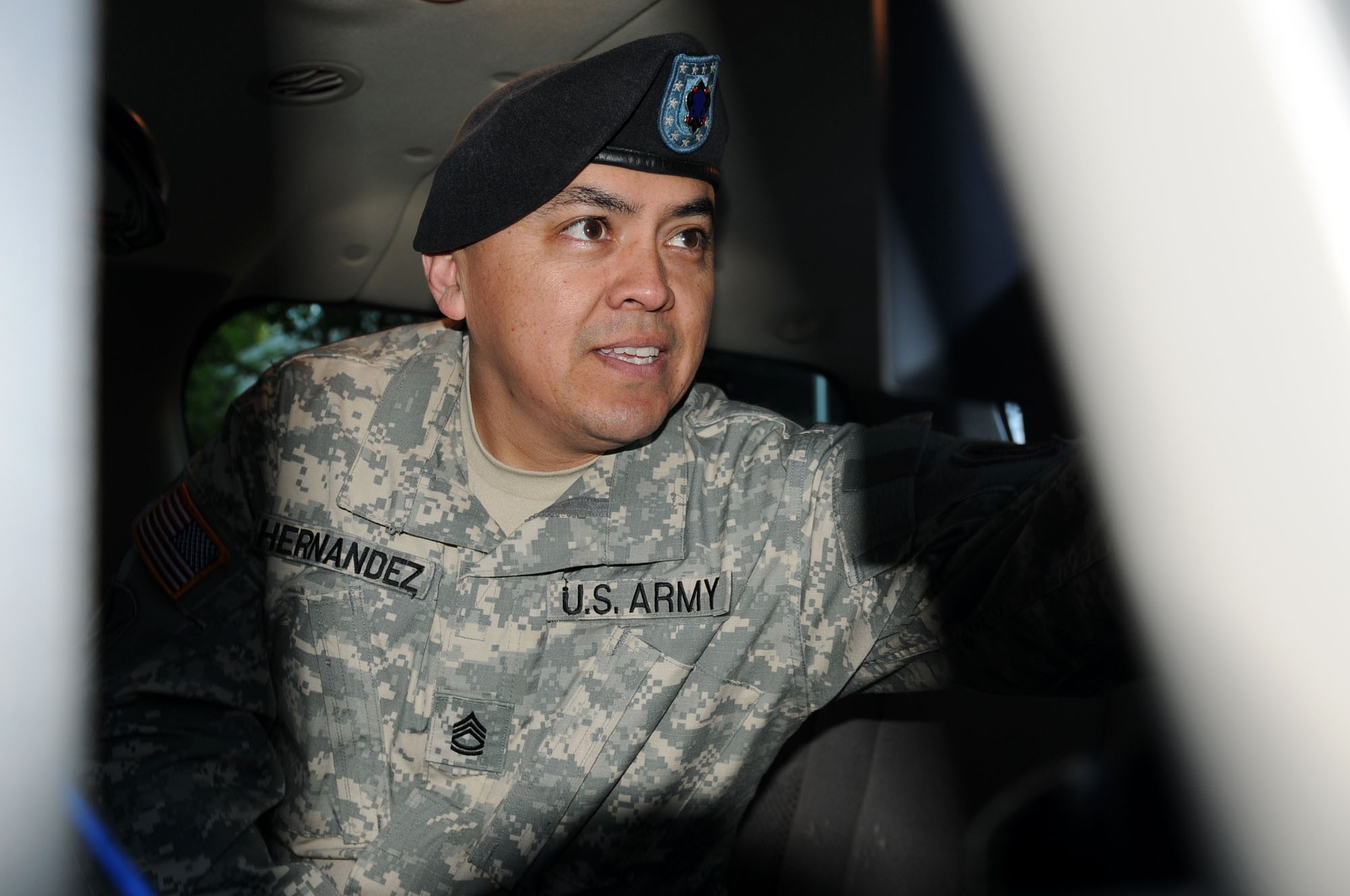
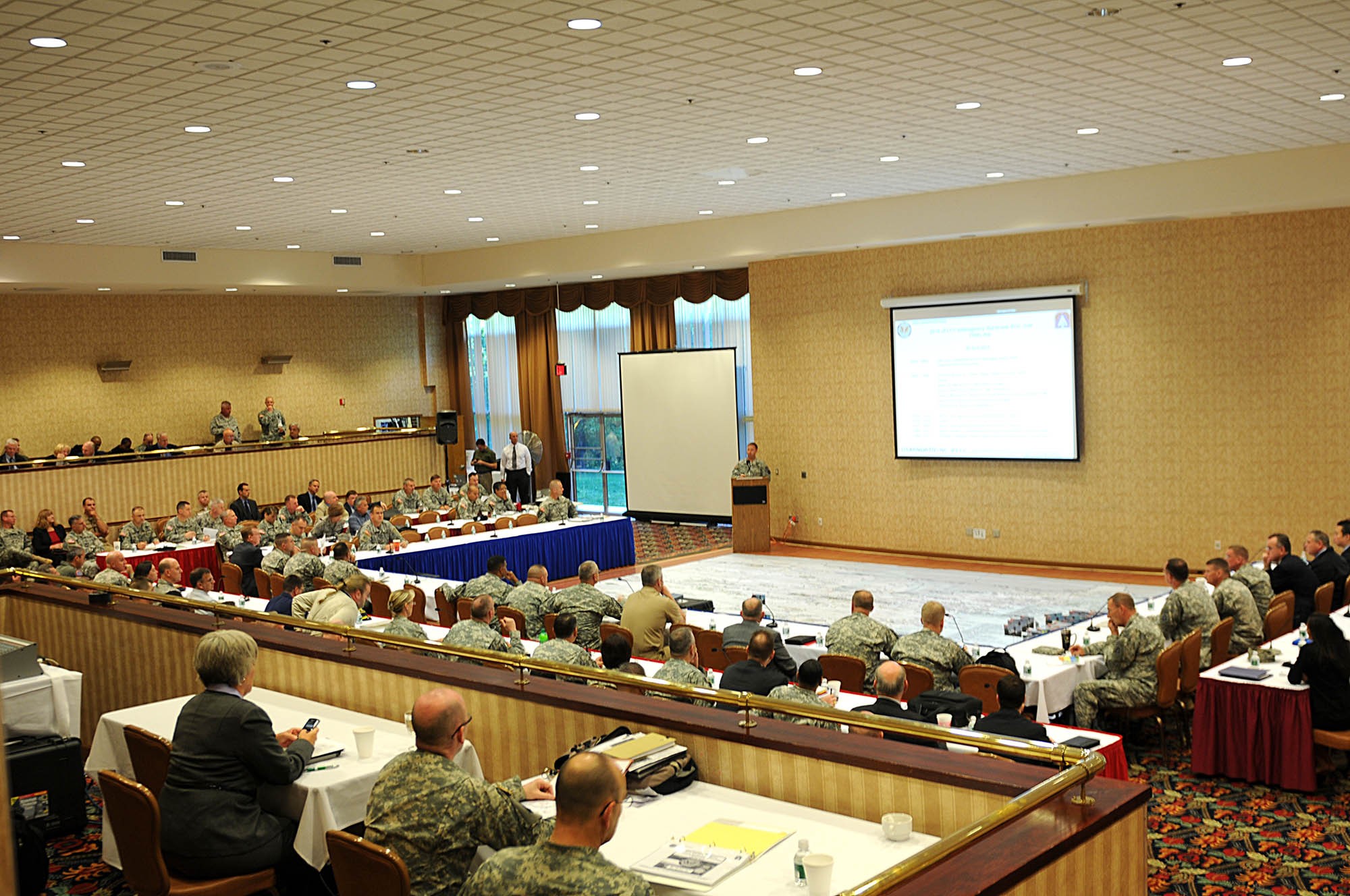
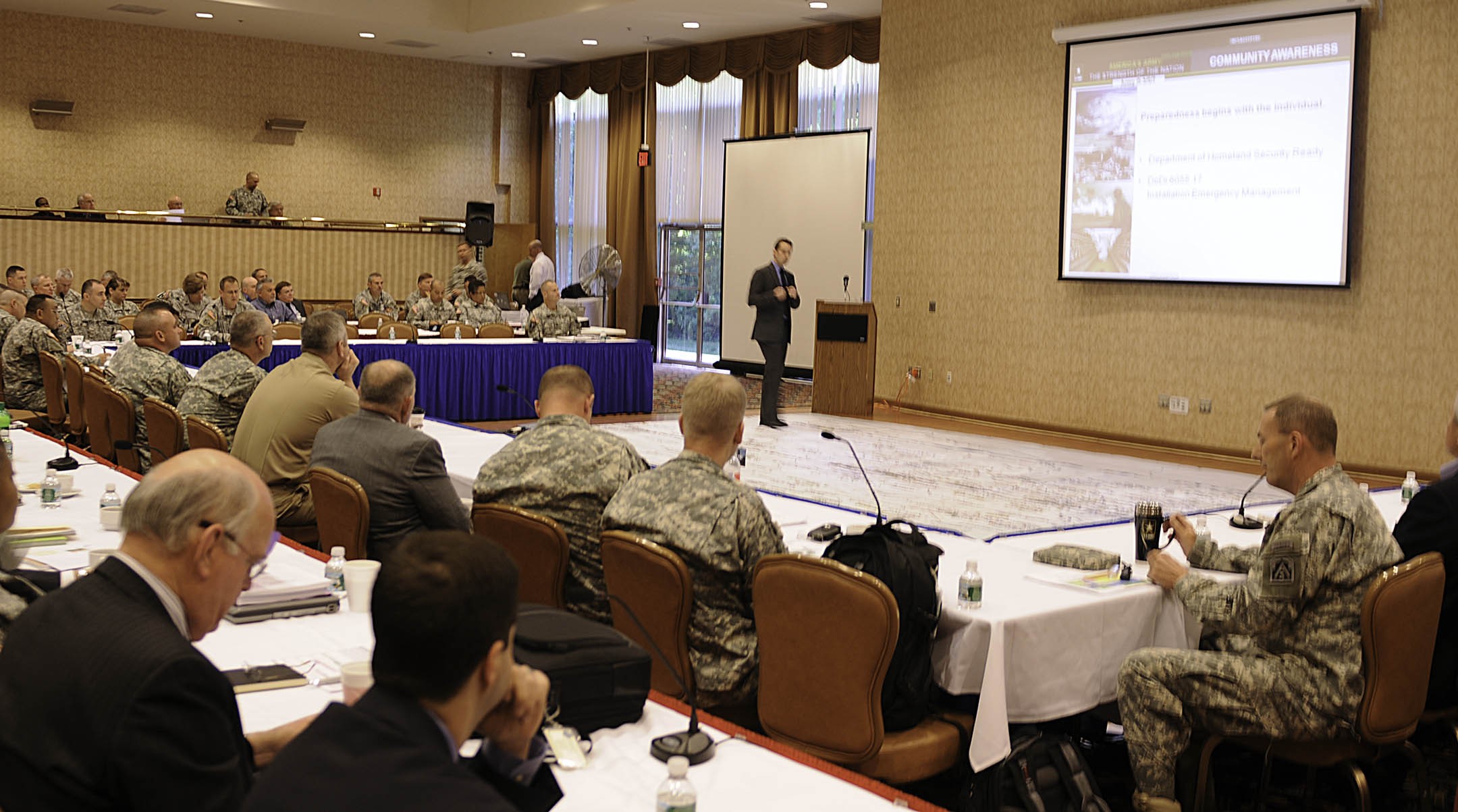
Social Sharing